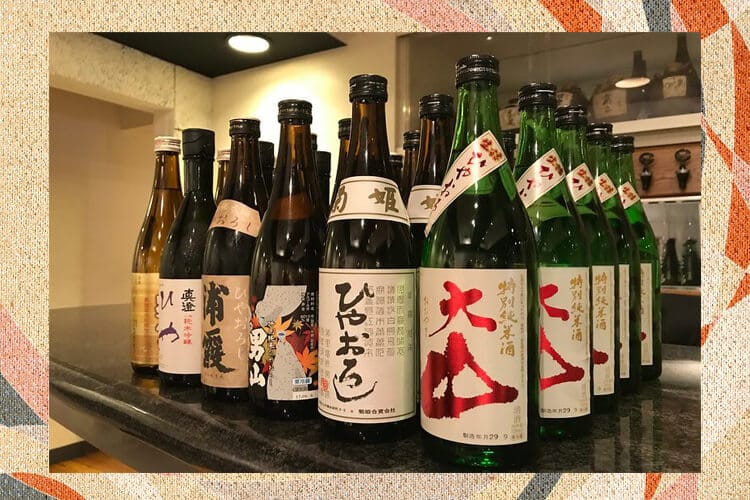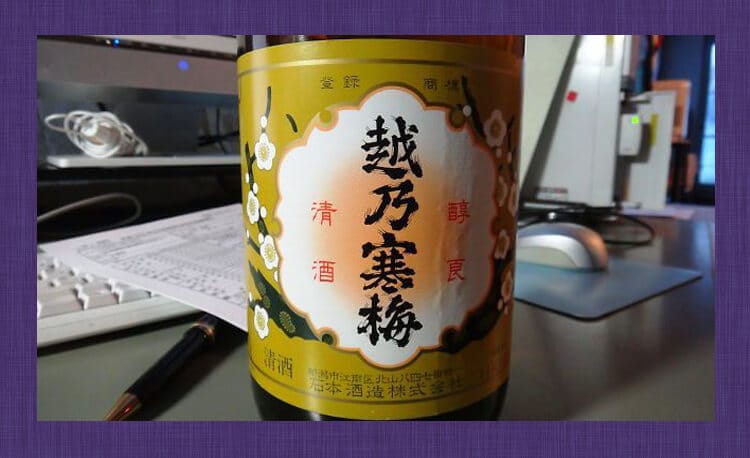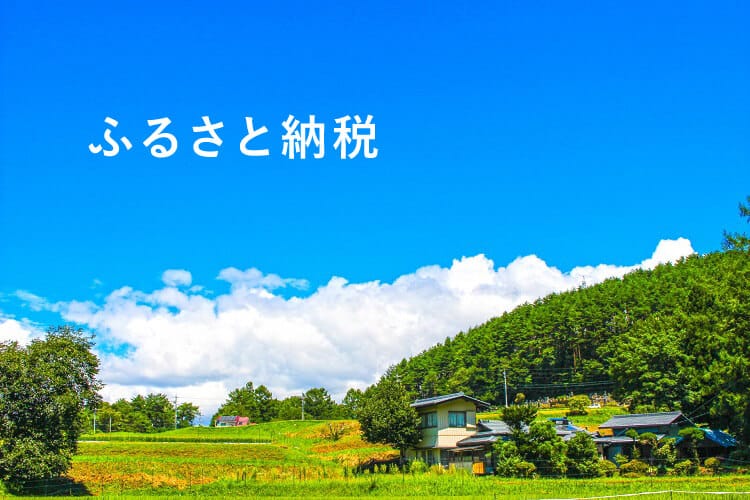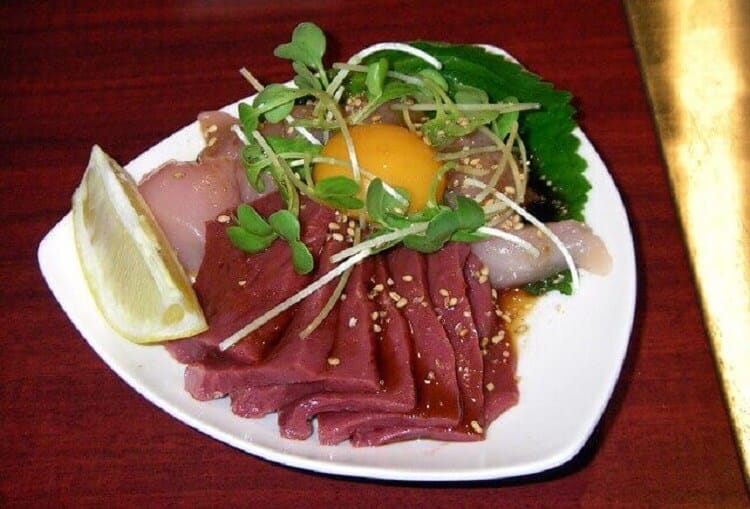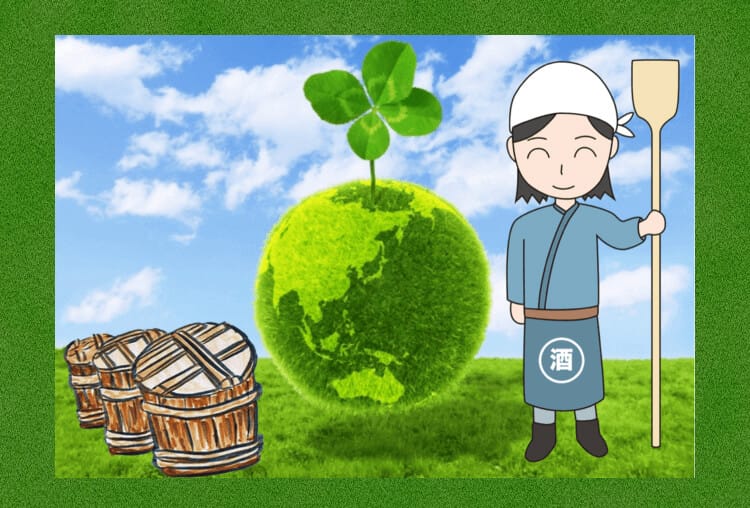
What are you doing to prevent global warming?
Among the various initiatives, the most familiar is “garbage separation”.
The amount of combustible waste is said to be 6000 million tons per year, and there is an urgent need to reuse this enormous amount of waste.
So what should we do to promote eco activities at home other than garbage separation?
In fact, do you know that our homes are heating up the earth by emitting carbon dioxide, as much as in the transportation sector that uses a lot of gasoline?
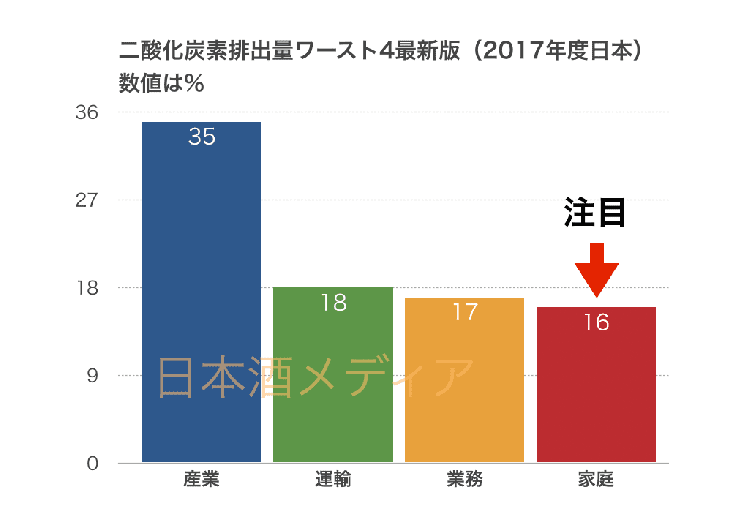
🔗 Created by the author by referring to the Greenhouse Gas Inventory Office
The cause is carbon dioxide generated by using gas, kerosene, gasoline, electricity, etc.
That said, it is unrealistic to stop turning off electricity or using cars for the earth right now.
Therefore, alternative energy is needed instead of petroleum fuel, and sake fermentation technology is used to produce clean energy.
In China and India, a method of converting waste into clean energy using microorganisms is also beginning to be used.
In this article,
- How will rice cultivation be affected by global warming?
- Sake fermentation technology that changes rice straw into “Bioethanol” “Biotechnology”
- Giant “Bioethanol” factory in China that converts industrial waste into bioethanol and natural gas using “microorganisms”
I will explain.
[Sake and fermentation] The earth is "patients who have been abandoned by doctors"
View this post on Instagram
The temperature of the Earth has already risen from the time of the industrial revolution (from the second half of the 18 century to the 19 century).
SuchThe state of the earth was diagnosed as a waste no matter what action was taken, "the state of the patient abandoned by the doctor"Some scientists compare it.
Did you not be surprised, "No way! Just 1 ℃ temperature rise?"
View this post on Instagram
But this is reality. With only a rise of 1 ° C, icebergs begin to melt rapidly in Antarctica, causing global storms, tornadoes, forest fires, droughts, and heat wavesIs doing.
Affects typhoons coming to Japan
Not only that.
Not only overseas cases, but also typhoons that hit Japan every year are causing us unprecedented damage.
The cause is
- As the warming in the polar region progresses rapidly, changes in the atmospheric pressure gradient have occurred.The wind that moves tropical cyclones is weakening
- Because of thatThe movement speed after landing on the typhoon is 30% slowerWill stay in the same area forever and cause disasters such as collapse of houses and flooding
Scientists at the earliestWithin the next 11 years, the Earth's temperature will rise further by 0.5 ℃, that is, it will reach 1.5 ℃I expect* 1.
Then in Japan,Midsummer days and 53 days increaseIt will be calculated.
Impact on rice cultivation
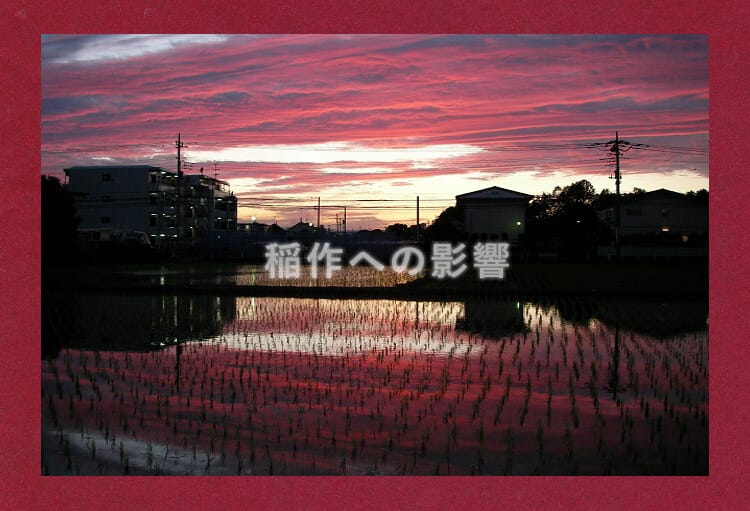
If we did not take any action against the progress of global warming (some people say that global warming cannot be prevented even if we do now), from 2081 to 2100 That meansJapan's rice after about 60 years, the difference between the area where the yield increases and the area where the yield decreasesThere are also research results.
Hokkaido becomes the center of rice, and the yield of Yamada Nishiki decreases.
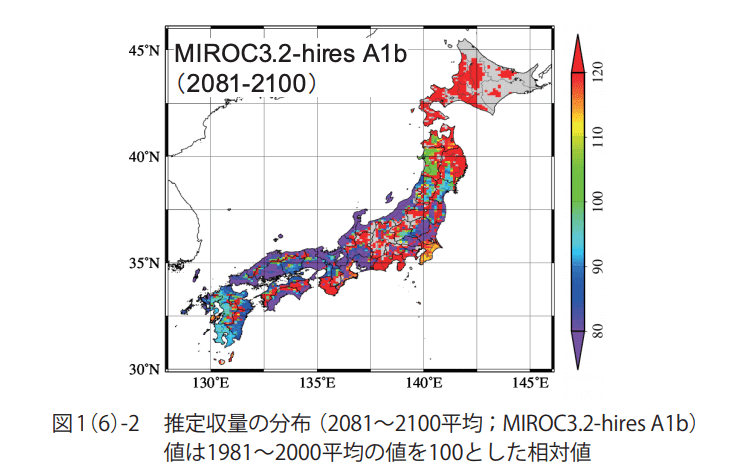
Source: Ministry of the Environment [🔗 Global warming "Impact on Japan" -Comprehensive impact prediction and adaptation measures based on new scenarios-]
For example, the zone shown in red. ColdIn Hokkaido, Iwate Prefecture, etc., rice sales there increased by 120%.
Contrary to that, it was shown in purplePredicted that Yamada Nishiki production area in Hyogo Prefecture, San-in / Sanyo region will be unsuitable for rice cultivation.
The above image is an estimate after 2081, but without waiting until 2081,
- Because the climate of the land changesThe rice that has been cultivated until now can not be supported
- In particularAs sake temperature rises, the yield decreases.
- Large numbers of stink bugs breed, discolored rice increases, and is no longer recognized as first-class rice
It seems that it will become difficult to secure high-quality raw rice for sake brewing.
In addition, Degradation of liquor quality due to too high fermentation temperatureOccurs,Further expenses for cooling equipmentIs required,One stick to global warming more and more by using electricityThe situation is a tremendous tour.
Actually, the sake stored in the ice dome was cucumber, but the ice dome melted due to the effects of global warming, so it did not fall below -15 ° C.Sake brewing that became impossible to brewIs also present (currently installed with an ice-temperature storage).
[Sake and fermentation] The "Paris Agreement" was said to be a breakthrough
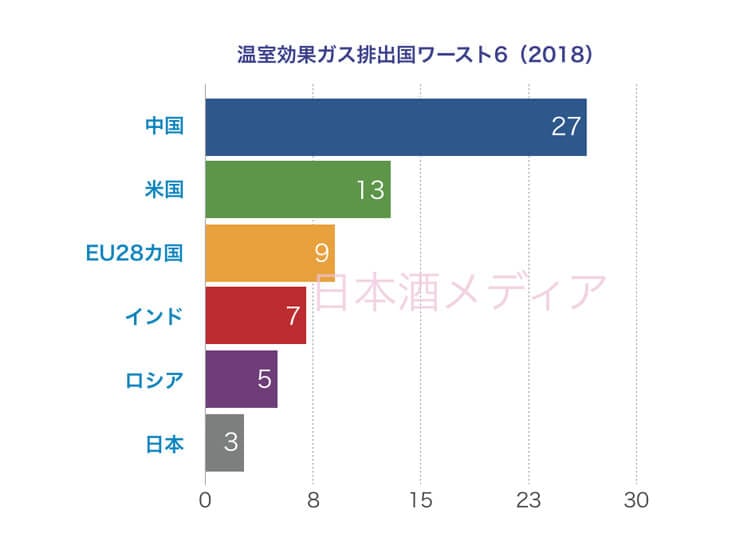
Created by the author based on the Ministry of Economy, Trade and Industry's Agency for Natural Resources and Energy, "2018 Questions to Know Energy 10 in Japan"
China's economic growth is remarkable and environmental considerations are currently underway.
However, the United States has said it will leave the Paris Agreement. Russia has not yet ratified the Paris Agreement, and the countries are not in line.
That being said, it goes without saying that efforts to stop global warming are necessary to prevent the effects of global warming.
For that reason, it was not used until nowCreating new energy sources from biomassThe movement to try is becoming active all over the world.
[Sake and fermentation] Biofuel from rice straw using sake fermentation technology
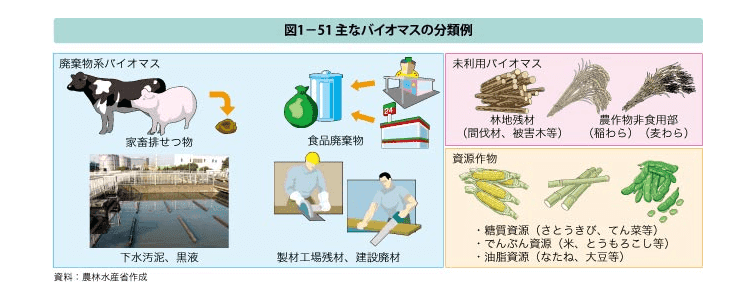
Source: Ministry of Agriculture, Forestry and Fisheries [(1) Acceleration of global warming countermeasures d Acceleration of biomass utilization]
Biomass is a generic name for renewable organic substances.
Biomass is a powerful ally who puts “Wait!” On global warming prevention. By the way, fossil resources that are the raw material of petroleum are not included.
The characteristics of biomass are"It does not pollute the environment" because it is an organic matter made by living organismsThat.
BIO stands for “biological resources”, and MASS stands for “amount”.
- Woody biomass ... Thinned wood, construction wood, waste wood, driftwood, bamboo, etc.
- Livestock biomass ... excrement etc.
- Food biomass ... food waste, food waste, etc.
- Plant biomass: rice straw, wheat straw, straw, etc.
Among these, the fermentation technology of sake is used for plant biomass, creating biofuel (gasoline alternative fuel: bioethanol).
Bioethanol does not increase carbon dioxide in the atmosphere when burned, Has the characteristics of.
Process from biomass to bioethanol production using sake fermentation technology

Now, do you know how much biomass is in Japan?
Speaking of rice straw and straw that are classified as “non-edible parts of agricultural products”Annual generation amount is about 1200 million tons(2015 years). SometimeOnly 31% usedonly* 2.
How to make bioethanol from plant biomass using sake fermentation technology

response [Integrated production of biofuel from rice straw Mitsubishi Heavy Industries has established technology] Created by the author using Photo AC
While everyone is worried about the future of the earth,Biofuel production using sake fermentation technologyI tried to do it.
In this project, Mitsubishi Heavy Industries was responsible for pretreatment and saccharification.In the fermentation process, Hakutsuru Sake Brewery adds yeast to fermentI am letting you.
- MHI refines sugar from plant biomass using only hot water and enzymes.
- Hakutsuru Sake Brewery selected appropriate yeast from various yeasts in cooperation with Kobe University. Establishing technology to grow the yeast without genetic recombination and convert rice straw into bioethanol.
- Kansai Chemical Machinery manufactures refined ethanol refining technology that meets the standards for automobile fuels, distilled, dehydrated and further refined so that it can be used as an alternative to petroleum.
In cooperation with 3, 1 is the trump card for global warming prevention and decarbonization.Construction of new energy systemWas done.
Why use sake fermentation technology instead of beer or wine?
The reason is said to be rare in the worldThis is because it is possible to produce high-purity ethanol by using the parallel double fermentation technology of sake.
- How to ferment beer ...Single and double fermentationIt is called that saccharification and alcohol fermentation are performed separately.
- How to ferment wine ...Simple fermentationIt is called, and since the grape already contains sugar, only alcohol fermentation takes place.
- On the other hand,Sake is a parallel multi-fermentation in which starch saccharification and alcohol fermentation are simultaneously performed in two tanks.
Since rice, which is the raw material for sake, does not contain any sugar that can be fermented on its own, alcoholic fermentation is not possible.
So, first add rice cake to the steamed riceSaccharified rice starch to glucoseI'll change it.
Then add yeast,Alcohol fermentationI will let you. Since this is done simultaneously in 1 tanks, it is called parallel double fermentation and it is possible to make high quality alcohol.
↓
🔸Solve simple questions about sake! Read this to learn more about sake🔸
For sake beginners, I would like to introduce and solve some simple questions about sake ...
The running cost of the completed ethanol is less than 1 per 90L (as of 2009). The ethanol concentration is 99.5%, which is highly pure and is cheaper than the light oil at that time.
[Sake and fermentation] Sake biotechnology has evolved
Apart from bioethanol production by MHI and Hakutsuru Sake Brewery,Laurel Wreath Developed Super YeastAnd has succeeded in producing ethanol efficiently* 3.
This is a method that incorporates the gene for cellulolytic enzyme of koji mold into sake yeast.
Sake yeast with cellulose-degrading enzyme is called “super yeast”, and can be used to produce more alcohol by saccharification and fermentation at the same time.It will be.
In addition, "Super gonorrhoeae" that gave gonorrhea the ability to produce powerful cellulose-degrading enzymes in large quantitiesIs also developing.
Biofuel production is becoming more and more realistic by letting gonorrhea carry out pre-treatment of plant raw materials, and then letting super yeasts handle glucose decomposition and ethanol conversion.
[Sake and fermentation] Current status of bioethanol production using biomass
Bioethanol production technology using Japanese sake fermentation technology, what kind of efforts are being carried out now?
The use of sake fermentation technology is still partly in practical use in Japan
As of 2019,
A technology that performs ethanol fermentation after pretreatment and saccharification of woody and herbaceous cellulose raw materials using pressurized hot water, acid, alkali, saccharifying enzyme, etc., technically in the research and demonstration stage…
Source: Ministry of Agriculture, Forestry and Fisheries [Current status and roadmap of biomass utilization technology]
It is announced.
It seems to be a matter of time that bioethanol using sake biotechnology from ancient times will soon come out and it will begin to break away from dependence on petroleum fuel.
Zeolite developed from sake fermentation technology

I explained about the ethanol production using biomass centered on MHI.At the time when research began, dehydration and purification were handled by Kansai Chemical Machinery Manufacturingwas doing.
However, now the Mitsubishi GroupMitsubishi Chemical develops into "zeolite used for catalysts and adsorbents with many molecular size gaps"I am letting you.
This zeolite is named “ZEBREX” in the state-of-the-art zeolite membrane dehydration system and delivered to the American biotechnology company “Aemetis”.
In the United States thisBy using zeolite membrane, CO2 emissions are reduced by approximately 1 million 1 thousand tons in 6 years.It will be possible to do.
Although it is a successful bioethanol production using sake brewing technology, it seems very proud as a sake fan that each research is developed and used to prevent global warming.
[Sake and fermentation] Mitsubishi Chemical fuses sake and chemistry

What is zeolite?
I understand that zeolite is performing as a part of stopping global warming, but I couldn't hear it.
As a result, I'm sorry for my poor illustration, but the impression is that the sponge has been reduced to nano size.
- A kind of clay mineral
- It is mainly near volcanoes and hot springs, and is produced as a natural mineral resource in Japan.
- Due to the sub-nano-sized pores that are characteristic of zeoliteMolecular sieve effectCan be used as a separation membrane.
- In addition, it is also used as an adsorbent, desiccant, and a removal agent for gases emitted from automobiles.
- For food, it is used to concentrate umami ingredients
The first sake concentrated in zeolite “Kohakutsuyu”
Concentrated liquor using zeolite membrane. Get Nishino Kinryo's “Russia” that has been collaborating from the trial production stage! This is the first concentrated sake! pic.twitter.com/psalHTNsxF
— Shungo Sumaki (@SmakiS) December 24, 2017
Now, zeolite, which is also active overseas, has further progressed in application development.Evolved into "KonKer ™" dehydrated concentrated zeolite membrane for food.
A brewery manufacturer in Kagawa Prefecture uses a zeolite membrane for food to produce sake with a high alcohol content.
That sakeNishino Kinryo Sake Brewery.Japan's first “KonKer liquor” exhibited at the Milan Expo in 2015. Applicability of zeolite membrane to foodShowed a lot.
→Click here for Amazon Amber Dew
What is the taste of “Ryokuro”
It is explained that Junmai Daiginjo is concentrated to an alcohol content (2 to 30) that is close to the usual 31 times, but it is actually the one that only removes water molecules that have passed through the zeolite membrane.is. Therefore, the water on the side of the liquor that did not pass through the zeolite membrane decreased,Concentrates umami and aroma at high concentrationIt is done.
For those who want to enjoy the lingering quality of sake,Adult liquorI can say.
Appears at "Ise-Shima Summit"! The 2 bullet `` Concentration work condensed H ''
concentration
Zeolite membrane is the one that was jointly developed with Mitsubishi Chemical.
This is surprising, the frequency is 30 degrees, so it ’s hard, and it ’s natural that it ’s dark,
Concentrated fruit scent is very fruity.
It smells very much just by bringing your nose closer. pic.twitter.com/xBjVSAYOvO— Ao-san (@ rody1230) May 3, 2017
This was provided at the Ise-Shima Summit in 2016 year,Collaboration between "Japanese delicious food culture (sake)" and "Japanese high technology (chemistry)". "Saku Condensed H" is a traditional Japanese culture and the latest technology..
Alcohol content is 30 as well as “Russia”.
At the summit booth where “Saku Condensate H” was lined up, the press people made a long line immediately after the opening, “Delicious!” “What is the name of the sake! Where is it sold?” I am surprised.
Especially popular with women, “Like a fine dessert wine!”The voice also went up.
The guest's reputation is also excellent, and it was so popular that it was sold out immediately after limited sales.
* “Rokuro” and “Saku Condensed H”, which have a high alcohol content, are classified as “Misake” according to the Liquor Tax Law.
Click here for “Desert sake over dessert wine”
↓
🔸 What is the perfect [dessert sake] for you who want to be healed? 🔸
What kind of sake is dessert sake? , Recommended dessert sake best 5, “sweets using Japanese sake” best 3 that suits dessert sake, etc ...
...
A brewery story behind the success of the summit ...
In fact, when Mitsubishi Chemical launched a project to apply "KonKer ™" to the concentration of sake in front of the Ise-Shima Summit,Concerns that most breweries in Mie Prefecture that have contacted cooperate with chemical companiesShows.
It is the most extreme. Consumers have the impression that chemicals are added to traditional Japanese sake, and this will also affect sales.
During that time,"Saku condensed H" was born by saying "Let's listen to the story" only by Kiyosaburo Shimizu in Suzuka City, Mie PrefectureIt was.
Sake brewing cooperation beyond profit

But,There was a problem before building "Condensate H".
High-alcoholic sake is classified as miscellaneous sake by the Liquor Tax Law,Shimizu Kisaburo Shoten has obtained a license to manufacture sake, but the sake production is dormant. It is not possible to make miscellaneous sake according to the rules of the liquor tax law, and it takes a long time to revive thisCosts. I was going to exhibit at the summit in 2 months, but this is not enough ...
At this time,Nishino Kinryo Sake Brewery of “Rokuro” teamed up at the Milan Expo. He gave me a hand to boost the sake culture.It is
With the unparalleled efforts of Nishino Kinryo in Kagawa Prefecture, Kiyosaburo Shimizu in Suzuka City, Mie Prefecture, and the joint team of Mitsubishi Chemical, “Saku Condensate H” was completed, and the splendor of sake was splendidly held at the Ise-Shima Summit all over the world. I was able to appeal, but at this time, without the help of Kinno Nishino, the current “Condensation H” would not have been born.
* Since then, Kiyosaburo Shimizu has revived the miscellaneous sake manufacturing license and is working hard to build “Saku condensed H”.
[Sake and fermentation] High alcohol without zeolite! 甕 Ginjo Ryuen, an aged Japanese sake that is easy for women to drink
https://www.instagram.com/p/Bl5WPbIlvQX/?utm_source=ig_web_copy_link
The alcohol content of sake through zeolite is 30. If you're vulnerable to alcohol, you're worried that you'll get drunk right away.
For such people, we recommend “Gyujo Ryugame Aging Raw Sake Directly Packed 1800ml”.
This sake is full of ginjo incense brewed by Niigata's well-established “Hakuryu Sake Brewery”.
First of all, please drink the sake made by carefully aging Ginjo Namahara at a low temperature. It tastes so soft that you can't think of it as 19 alcohol, and it's also popular with women
Since the aftertaste is clean, the 1800ml liquor will soon be lost while you drink “Only one more!”
[Sake and fermentation] Summary: Japan urgently needs to solve environmental problems for rice
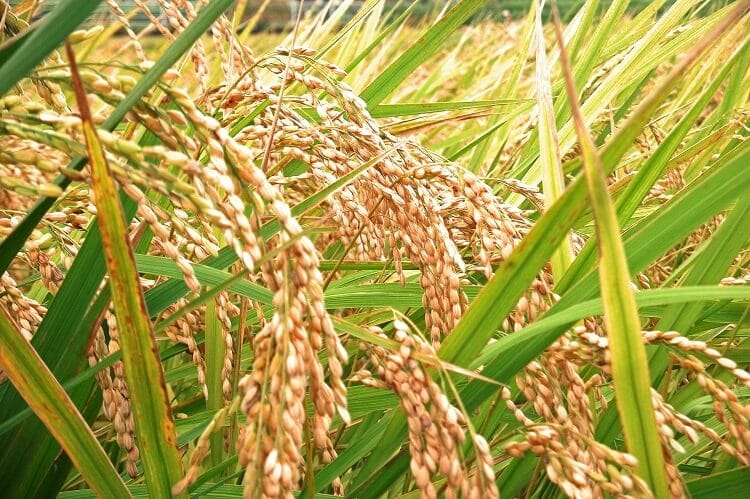
2017 years,In Japan, Sekisui Chemical Co., Ltd. operates a pilot plant in Saitama Prefecture (an experimental small-scale factory before making an actual factory).
There, we are testing a process that uses combustible garbage that has not been separated to produce ethanol using microorganisms, and then regenerates it into ethylene.
This microorganism (anaerobic bacterium: contained in the excrement of rabbits, manufactured by LanzaTech, USA) produces ethanol at a speed more than 10 times that of conventional microorganisms, compared to conventional incineration. Reduce carbon dioxide by 135%* 4I have the power to make it.
However, Sekisui Chemical still produces 20KL ethanol in the year.I'm just doing it.
But,A huge factory has already been built in China* 5And using the same microorganisms, turn industrial waste into 4 million 6000 tons of ethanol, 7650 million tons of protein feed and 330 million cubic meters of compressed natural gas per year* 6... apparently ...
In this article, we also introduced the successful establishment of integrated technology for producing ethanol in collaboration with Mitsubishi Heavy Industries and Hakutsuru Sake Brewery in 2011, but the country report in 2019 is still in the “demonstration stage” I ... Does this mean that it is “not yet in practical use” even after the date of 8?
Japan, which has a lot of Japanese sake fermentation technology, is somehow lagging behind in solving environmental problems. I think it's tough, but I want Japan to work hard a little more because Japan has strength.
However, there is no way to get impatient. Let's enjoy your favorite sake tonight while praying for delicious rice in Japan.
Reference site
1, National Geographic [The impact of global warming is more serious than expected, IPCC warns]
2, Ministry of Agriculture, Forestry and Fisheries [Promotion of biomass utilization]
3, Laurel Wreath [Production of bioethanol and bioplastic raw materials from biomass using gonorrhea and yeast]
4, Future Kotohajime [Turn garbage into resources]
5, aclima [World's First Commercial Waste Gas to Ethanol Plant Now in Operation]
6, XianJiChina [钢 钢 京 唐 : 钢铁 尾气 经 加工 后 成为 燃料 乙醇 、 天然气 和 高蛋白 饲料]

